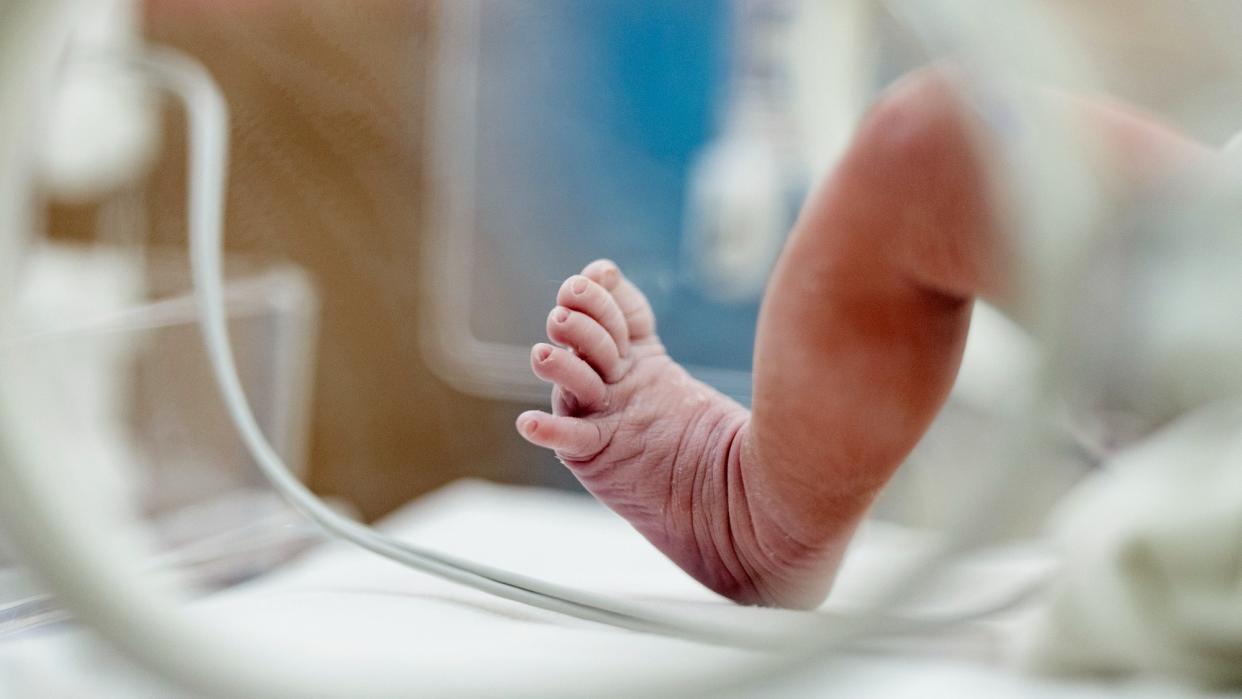Why infant mortality is rising

The infant mortality rate in the United States recently rose for the first time in two decades, according to a provisional report by the U.S. Centers for Disease Control and Prevention’s National Center for Vital Statistics. U.S. infant mortality rose 3% from 2021 to 2022, which has raised concern among experts given that it had been on the decline in previous years.
It’s not just babies, though, as their mothers are also facing similar health risks. Maternal mortality has been rising steadily, indicating a reduction in society’s overall health. The U.S.' rates are "higher than those in other industrialized countries," per The New York Times, which is the "somber manifestation of the state of maternal and child health in the United States."
Why is infant mortality rising?
While the report doesn’t pinpoint a specific reason for the decline, experts blame the lack of emphasis on maternal and infant healthcare. As a developed country, the United States "should be doing some of the basics better," Elizabeth Cherot, the chief executive of the infant and maternal health nonprofit March of Dimes, told The Wall Street Journal. "Too many babies are dying in the United States." Many regions of the country have become maternal care deserts which also inhibits the access to infant care.
Worsening maternal healthcare was exacerbated by the Supreme Court’s overturning of Roe v. Wade, causing some states to place strict restrictions on abortion access. "Any pregnancy that is intended and planned tends to be a healthier outcome and healthy infant outcome," Tracey Wilkinson, an associate professor of pediatrics at Indiana University School of Medicine, told ABC News. "So, when you remove the ability for people to decide if and when to have families and continue pregnancies, ultimately, you are having more pregnancies continue that don't have all those factors in place." In addition, most of the infant deaths in the report were born in 2022 after being conceived in 2021, when the pandemic was in full swing. This also likely contributed to the higher mortality rate, given the risks from the pandemic to infant health.
While infant mortality rates increased across almost all ethnic groups, Black and Indigenous mothers were disproportionately impacted, and face "up to double the risk of dying, compared with white and Hispanic babies," per the Times. "Disparities in health care and outcomes exist in everything," Wilkinson said. "When you have restrictions to health care access, that always impacts minoritized communities more and what this data is showing is that now it's also impacting non-minoritized communities like white women."
What can be done to reduce it?
The U.S. can improve infant mortality rates by "following the examples of other developed countries with comparatively low infant mortality rates, where public health authorities devote more attention to mothers and babies," the Journal wrote. "The U.S. is falling behind on a basic indicator of how well societies treat people," Arjumand Siddiqi, a public health and epidemiology professor at the University of Toronto, told the outlet. "In a country as well-resourced as the U.S., with as much medical technology and so on, we shouldn’t have babies dying in the first year of life."
Two of the leading causes of infant deaths were maternal complications and bacterial sepsis, which can occur when babies "contract infections from their mothers during birth, or when a bacteria infects an infant at home who isn’t immediately treated for it," the Journal added. These can both be avoided with access to proper maternal care. "You're gonna have people delivering at hospitals that don't have the expertise to take care of moms that get sick during pregnancy and delivery and infants that get sick very soon after delivery, which is what I think of as bacterial sepsis of newborns," Wilkinson explained. Experts have continually concluded that infant and maternal health are closely linked, and improving access to care is necessary to reduce both.

